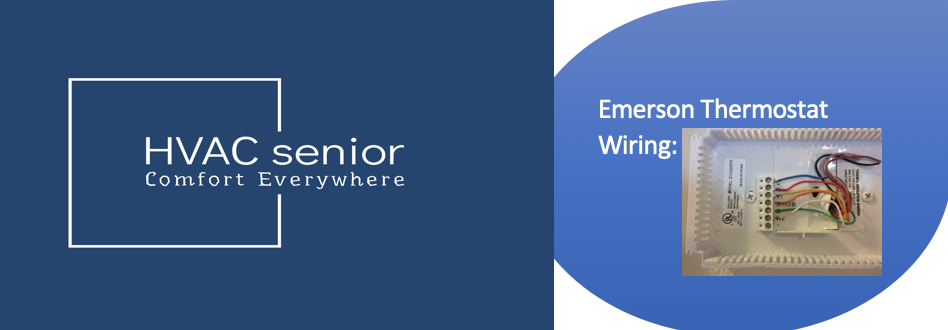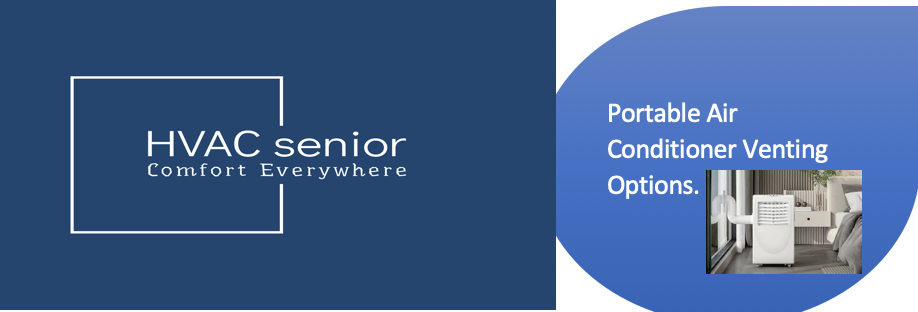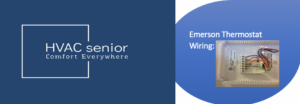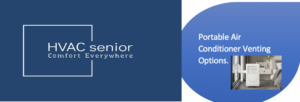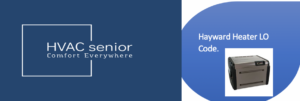A portable air conditioner is such a wonderful and convenient way of cooling your house or office — but there’s not much more frustrating than turning it on and discovering it’s not cooling. You might hear the fan running, feel a little airflow, but the room just won’t cool down.
If your portable air conditioner is not cooling, do not worry — the problem is usually fixable. Whether it is a simple airflow issue or a refrigerant problem, understanding the cause can have you back in comfort in no time.
In this article, we’ll cover the common reasons your portable AC is not cooling, how to diagnose each, and when to call for service.
How a Portable Air Conditioner Works
Before diving into the reasons, it’s nice to understand how your portable AC operates:
- The device draws in hot air from the room.
- It passes the air over cold evaporator coils, where the heat is absorbed.
- The air, now cooled, is pushed back into the room, and the heat is released through an exhaust hose.
- The system recycles air constantly to maintain your set temperature.
If any part of this cycle is interrupted — for example, blocked airflow, inadequate venting, or refrigerant loss — the portable air conditioner won’t cool effectively.
Why Portable Air Conditioner Not Cooling
1. Incorrect Exhaust Vent Installation
One of the most common reasons a portable AC is not cooling is inadequate venting.
These units exhaust hot air through a hose which is fitted to a window vent. In case the hose is not correctly installed, or hot air manages to flow back into the room, your AC will be compelled to operate against itself.
Symptoms of Venting Problems
- Warm air emanating from the exhaust hose connection.
- The window kit is not well sealed.
- The hose is kinked or too long.
Solution
- Ensure the exhaust hose is properly connected and straight.
- Do not extend it more than what the manufacturer recommends.
- Seal any gaps around the window kit with foam or weather stripping to prevent hot air from coming in.
2. Dirty or Clogged Air Filter
Just like any other air conditioners, portable air conditioners require clean filters for air to flow. Dust, hair, and debris can clog the filters over time and make it hard for air to pass through the coils.
When this happens, your portable air conditioner will blow air but will not cool effectively.
Signs
- Poor air flow.
- The unit is continuously running but never seems to get to desired temperature.
- Dust build-up on the filter can be seen.
Fix
- Turn off and unplug the unit.
- Remove the air filter and wash it with warm water and gentle soap.
- Let it dry before reinstalling.
- Wash the filters every 2–4 weeks for optimal cooling.
3. Room Too Large or Poorly Sealed
A portable AC can cool a small area only — typically 150 to 500 square feet, depending on its BTU rating.
If the room is too large, has high ceilings, or poor insulation, the unit will not be capable of cooling it effectively.
Fix
- Find your AC’s BTU rating (e.g., 8,000–14,000 BTU) and compare it with your room size.
- Close doors and windows so that hot air does not enter.
- Block direct sunlight using curtains or blinds.
- Add weather stripping around windows and doors to increase efficiency.
4. High Levels of Humidity
Portable air conditioners cool the air and remove humidity. However, if the humidity levels are extremely high, cooling operation is less effective.
In some cases, excess water can saturate the unit’s condensation system, causing it to work harder or shut off.
Repair
- Empty the water tank if your unit has one — a full tank will disable cooling.
- Use a dehumidifier along with your AC in very humid climates.
- Run the AC in “Dry Mode” to remove excess moisture, then switch to “Cool Mode.”
5. Dirty Condenser or Evaporator Coils
Your portable AC has two significant coils — the evaporator coil (indoor) and the condenser coil (outdoor unit). These coils collect dirt and dust over time, reducing the effectiveness of heat exchange.
When that happens, even if the compressor is working, the unit won’t blow cold air.
Repair
- Turn off and unplug the AC.
- Remove the rear panel (consult the manual for instructions).
- Clean both coils gently with a soft brush or vacuum.
- Be careful not to bend the fins.
Cleaning the coils regularly gets your portable AC performing like new.
6. Refrigerant Leak or Low Refrigerant
Low refrigerant is another reason for a portable air conditioner that runs but doesn’t cool. Refrigerant is the coolant that absorbs heat. When it’s leaking or too low, the system can’t effectively transfer heat.
Signs
- The compressor runs constantly.
- The air is only slightly cool or warm.
- Ice on the coils or refrigerant lines.
- Hissing or bubbling sounds.
Fix
Apologies, refrigerant leaks are not DIY repairable. Portable ACs are sealed systems, and replenishing refrigerant requires specialized equipment. Contact an HVAC technician or the manufacturer’s service division for repair or replacement.
7. Restricted Airflow Surrounding the Unit
A portable air conditioner needs some breathing space. If it is placed too near walls, furniture, or curtains, there is restricted airflow around the intake and exhaust vents.
With poor airflow, the AC will overheat and fail to cool.
Repair
- Ensure 18–24 inches of clearance on all sides of the unit.
- Avoid placing it in confined spaces or nearer to heat sources.
- Keep vents open for smooth air flow.
8. Faulty Thermostat or Sensor
Your portable AC thermostat or temperature sensor may be reading incorrectly if it’s damaged. It may think the room is already cool — when it’s not.
Repair
- Make sure the thermostat is set to “Cool Mode” and a temperature lower than the room’s.
- Keep the thermostat sensor free from dust and dirt.
- Avoid placing the unit in direct sunlight or close to appliances that give off heat, as it will trick the sensor.
If the issue persists, you may need a new sensor or control board — contact the manufacturer for service.
9. Exhaust Hose Overheating
The exhaust hose expels hot air from the AC. Some hoses, however, get pretty warm during operation, which can radiate heat back into the room — counteracting the cooling process.
Fix
- Wrap the exhaust hose in insulation or reflective foil to keep heat in.
- Keep the hose as short and straight as possible for better airflow efficiency.
- Avoid running the hose through overly long or narrow windows.
10. Fan Only Mode Activated
Some portable air conditioners have multiple operating modes, including Cool, Dry, and Fan Only. When your device is set to Fan mode, it will blow air but won’t cool it.
Repair
Check the mode button on the control panel or remote.
Enable “Cool Mode” and set the temperature lower than the ambient room temperature.
Wait for 2–3 minutes for the compressor to kick in.
11. Compressor Failure
If the compressor — the heart of your AC — has passed on, the unit will blow air but won’t cool. But compressors can die due to old age, power surges, or refrigerant problems.
Symptoms
- The fan may be running but there is no cool air.
- Clicking or buzzing when the compressor should start.
- The compressor never starts at all, even after a few minutes.
Repair
Unfortunately, compressor replacement is not normally cost-effective in portable air conditioners. In most cases, replacement of the entire unit is the way to go.
12. Power or Voltage Issues
If your AC is not getting stable voltage, its compressor will not engage properly. Using extension cords and power strips can cause voltage drops.
Repair
- Plug the AC directly into a wall outlet.
- Avoid using extension cords.
- Do not overload your circuit with other appliances.
Preventive Maintenance Tips
To make your portable air conditioner cool effectively:
- Clean filters occasionally.
- Empty water tanks when they are full.
- Maintain straight and well-sealed exhaust hoses.
- Clean coils periodically every few months.
- Keep the unit away from direct sunlight.
- Operate on “Dry Mode” periodically to manage humidity.
Regular maintenance not only enhances cooling but also makes your AC last longer.
Also read: The Ultimate Guide to Portable 12V Air Conditioners for Cars
When to Seek Expert Assistance
If you’ve tried all the basic fixes and your portable air conditioner still isn’t cooling, it’s time to contact a technician or the manufacturer’s support line.
Professional service is required for:
- Refrigerant leaks or compressor failure.
- Electrical faults.
- Control board or sensor issues.
- Persistent cooling failure after maintenance.
Conclusion
If your portable air conditioner is not cooling, start by checking the simple issues first — such as blocked filters, venting problems, or mode settings. Most of the time, these quick fixes can restore cool air within minutes.
However, if you’ve ruled out these factors and the AC still isn’t cooling, it may be due to a refrigerant leak, compressor issue, or electrical problem — which requires professional attention.
Proper cleaning, proper installation, and smart usage habits can help your portable air conditioner last long and function well to keep you cool no matter what the outside temperature is.



